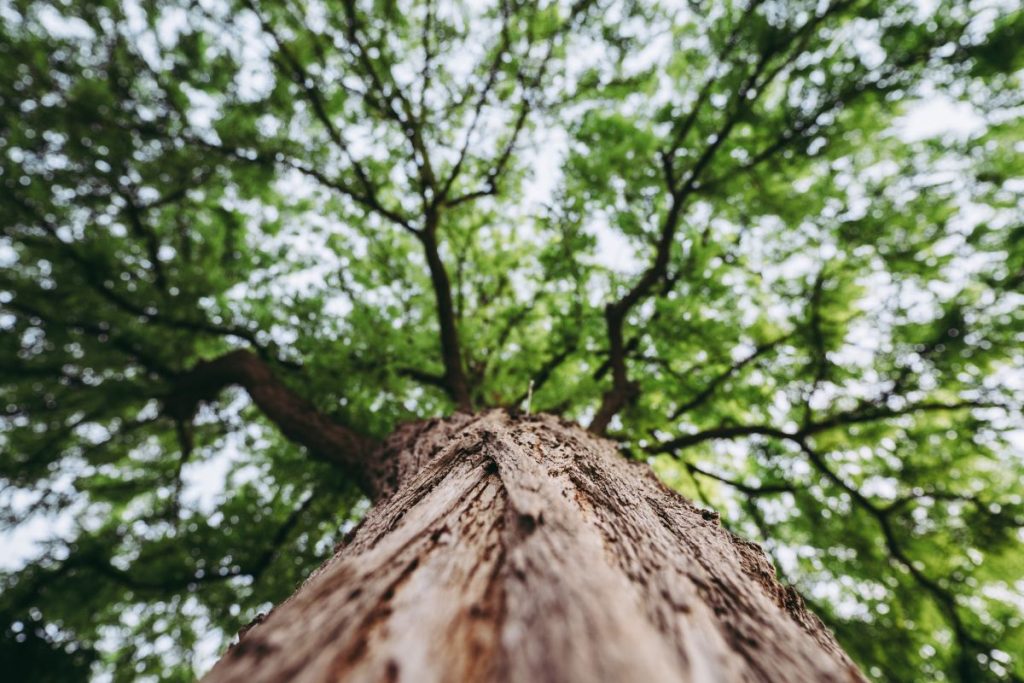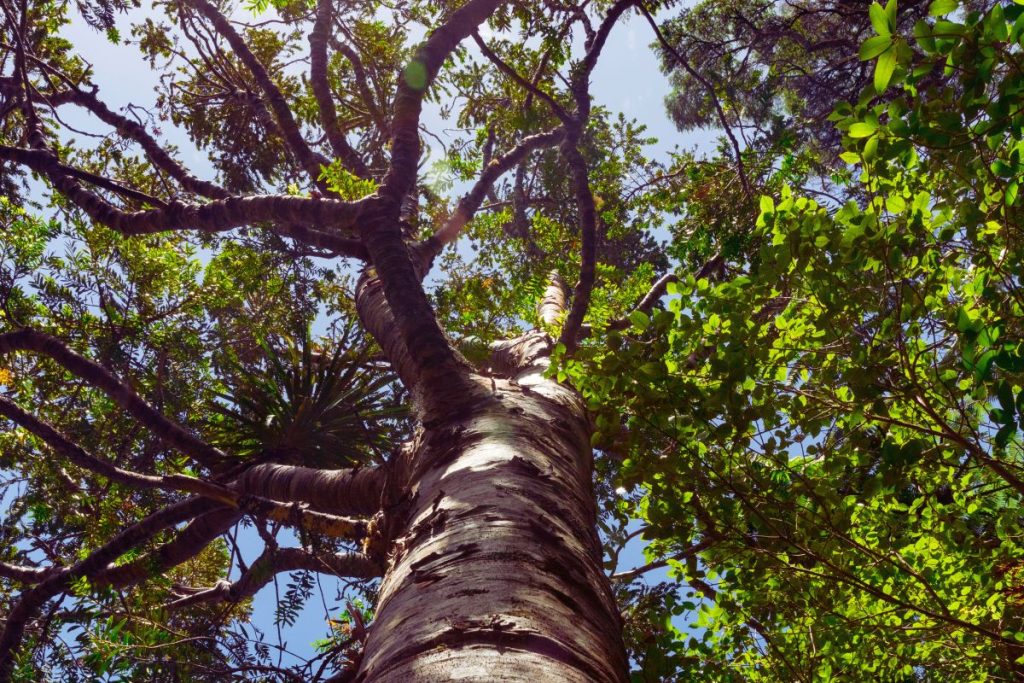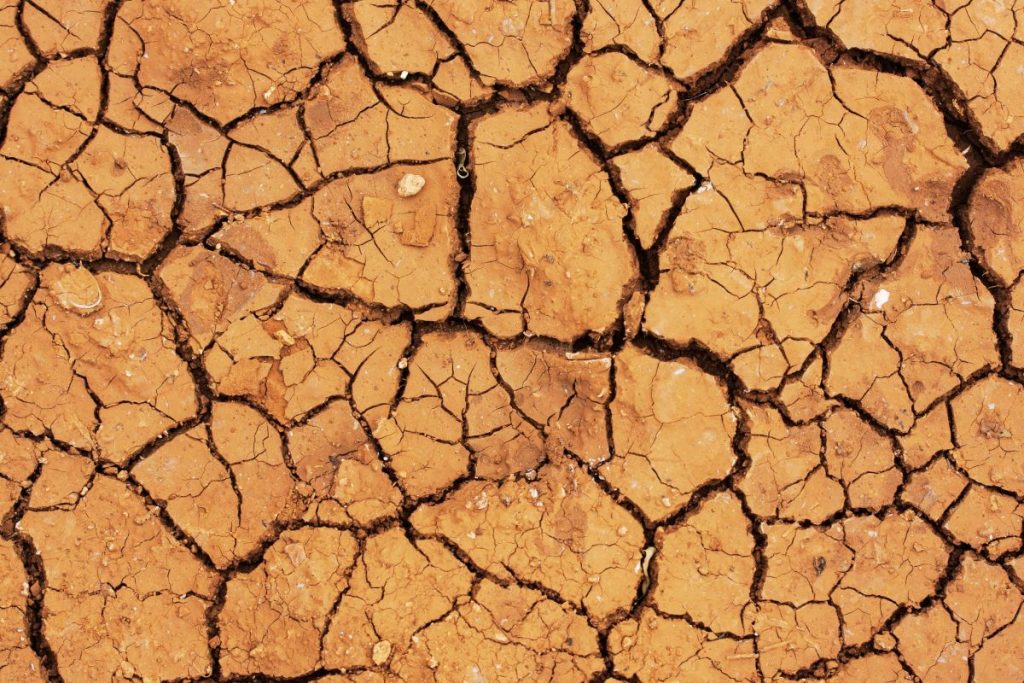Trees are a symbol of a valuable ecosystem restoration process.
Trees are among the most valuable and beautiful living things on Earth.
In Busoga’s traditional setting, trees have been considered symbols of strength and moral prowess. Trees are towers of resistance to negative energy and valuable sources of knowledge. Trees can be sacred and noble. They have been part of what constitutes a pleasant environment and an extension of who we are.
Trees uniquely evoke images of such ancient, powerful, and majestic structures in our consciousness. They have strengthened communities and protected the future.
They are known to have a powerful life-affirming value, probably because of their sheer size and longevity, with some reaching several thousand years old. Trees are indeed among the most massive and longest-living organisms in the world. They are a beautiful natural green – life itself.

Trees are characterised mainly by roots, elongated stems or trunks, crowns, branches, and leaves.
Trees are of extreme importance in a wide range of varieties. They give us food for birds and animals, wood, and other necessary materials.
Trees provide shade and shelter and block many other threats and unpleasantness, as they filter and buffer many pollutants and various other dangers. They reduce surface runoff from stormwater, enable soil stabilisation, and prevent soil erosion and sedimentation of streams.
Trees maintain the natural water supply, preventing washouts and holding stream banks.
Trees protect the lungs of the Earth and remove harmful gases like carbon dioxide, thereby making the air we breathe cleaner and healthier.
They are the number one agent fighting against global warming.
They provide us with fresh oxygen and help to reduce pollution, enhance agricultural productivity, improve general health, and provide job opportunities.
They support us in many ways and make our Earth a better place to live.
Trees are therapeutic; they improve one’s mood and emotions and create a feeling of relaxation.
Trees are undoubtedly a symbol of a valuable ecosystem restoration process.


Substitutes for Tree Products
Modern civilisation is becoming less dependent on trees, as new substitutes are being used to replace tree products and services. However, the demand for trees remains strong.
Many have been cut down for economic reasons, survival, lack of awareness, and several other reasons.
The Busoga region has been strongly criticised for cutting almost all its trees. We’ve left Mother Nature “naked”, unprotected, and in danger.
We must care for Mother Nature and devote ourselves to working with foresters to plant, conserve, restore, and protect trees for a better and greener tomorrow. This project is in sync with the vision of the Busoga region.
We must stop degrading and deforesting our land and start planting trees. They answer climate breakdown and many other environmental and social ills.
We can learn from the many other communities that have successfully overcome this challenge. Our own Uganda National Forestry Authority is able and willing to guide our efforts to attain the best results.

Questions to Ponder
How can we best conserve and protect the few existing trees and other natural open ecosystems?
What are the best kinds of trees to plant to protect the environment, and how and where should we do so?
Historically and traditionally, we have had, known, and understood trees with medicinal properties – a powerful, sustainable, and available source of herbal remedies. Should we let them all die out, physically and in memory? No.
What are some of the adverse effects of planting ecologically inappropriate trees and a threat to the region’s biodiversity? What are some of the invasive trees to reconsider?
Not all non-native trees are suitable for all environments.
Some communities elsewhere have reported ruining their traditional livelihoods, caused primarily by planting unfitting foreign trees.
Conservationists and other related scientific experts acknowledge the suitability of certain types of soil, climate, grasses, water levels, temperature, and a variety of other factors. How does every assessment and decision made thereof align with Busoga’s development needs?
The current lack of political power and leverage – factors that have posed a major challenge in determining the region’s fate – is not applicable here. We can always ask relevant questions and seek support to improve our climate.

As all residents are encouraged to be part of the planting tree project, we want to select species that are resilient and can maximise biodiversity. Scientists propose applying long-term approaches that help people, businesses, and policymakers tackle climate and biodiversity crises and support livelihoods.
For that, we must show determination in administering a well-organised tree-planting project and commit to being successful at it.
Thanks for making the world greener – a better place – and for promoting and ensuring sound environmental management practices for sustainable development.
